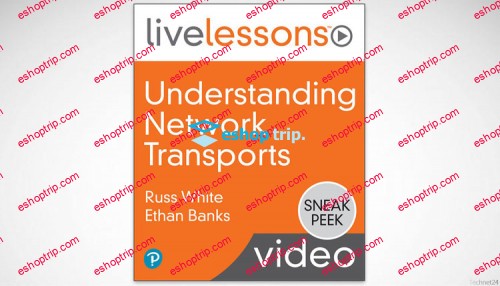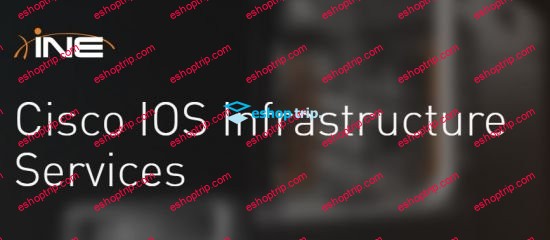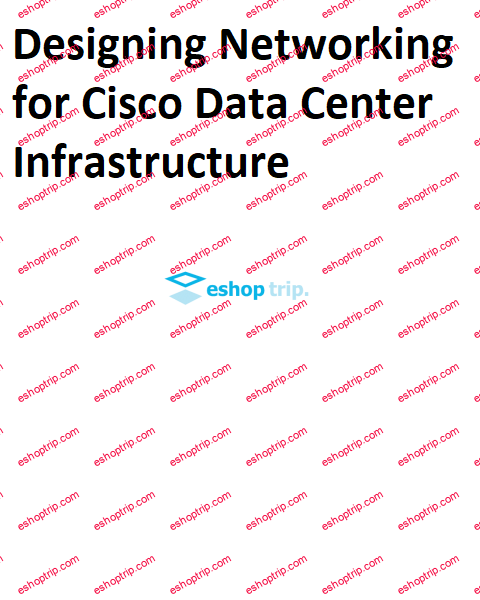English | Size: 2.47 GB
Category: Tutorial
Learn How To
Understand the problem space of transporting information across a network
Explain the most common solutions for resolving the problems involved in carrying information across a network
Gain a solid understanding of many common protocols and solutions
Learn about a common, but often neglected, area of network operation-transporting data through a network
Develop the mental tools required to think about how networks work
Develop the mental tools required to ask the right questions about new technologies and protocols as they are developed, allowing you to quickly understand new technologies and products as they are released by relating them to previously developed technologies
Develop the ability to understand why particular implementation choices were made, and what the tradeoffs are in each situation
Enhance troubleshooting ability by understanding how each technology works and what problems might arise with any particular solution
Who Should Take This Course
The target audience for this video includes:
Beginning learners just starting a career in network engineering
Intermediate-level network engineers who have some experience, and perhaps an associates or professional-level certification, who would like to take their career to the next level
Experienced network engineers who would like to fill in their knowledge, or understand why things work the way they do, rather than simply how they work
Programmers who would like to understand the operation of networks in order to improve their ability to write network-based applications
Development operations engineers who would like to understand why networks operate the way they do, and possible migrate into full-time network engineering roles
College students who are taking courses in or majoring in information technology who would like to supplement their learning in the network engineering space
College students taking a course, which uses the Problems and Solutions in Network Engineering book as course material, and would like additional material to help them to better understand the material
The market for this product is not restricted to a small subset of learners, as it addresses fundamental concepts in a way that is applicable for many different kinds of students in a wide variety of learning situations.
Course Requirements
None
Lesson Descriptions
Lesson 1: Modeling Network Transport-Learn the importance of layers, the DoD and OSI models, and then meet the Recursive Internet Architecture (RINA) model used throughout the rest of the course.
Lesson 2: Fundamental Concepts-Discover connection-oriented vs. connectionless networks, as well as how they translate to circuit switching and packet switching. These are foundational ideas for all network transport.
Lesson 3: Marshaling-Investigate what makes a frame a frame, and what makes a packet a packet. We’ll explain this by discussing grammars and dictionaries, fixed vs. variable-length fields, and maximum transmission unit sizes.
Lesson 4: Error Handling-Find out what network errors are, learn how network errors are detected and corrected, and then consider the tradeoffs of bothering with error detection at all.
Lesson 5: Multiplexing-Understand how multiple network consumers can use the network at the same time to transport data. This is done through addressing as well as various types of “casting.”
Lesson 6: Flow Control-Discover different flow control techniques that avoid network congestion and improve overall transport efficiency in this discussion of collisions, goodput, and TCP algorithm fundamentals.
Lesson 7: Lower Layer Transport Examples-View WiFi through the lens of the RINA model as we examine full wireless frames, radio theory, the impact of radiated power, frame prioritization, error checking, and more.
Lesson 8: Higher Layer Transport Examples-Again using RINA as our reference, probe IP, IPv4, IPv6, and QUIC with us. Although these protocols vary in details, the patterns are similar as we move up and down the stack. Being able to see patterns is key.
Lesson 9: Interlayer Discovery-Not every layer of the transport stack knows what it needs to know to put a packet on the wire. Using DNS, IPv6, and CLNS as examples, we’ll explain how layers inform one another so that a packet can be sent.
Lesson 10: Transport Security-Consider authentication, authorization, and privacy, all building blocks for a secure transport. We’ll explain these concepts by way of WireGuard, a modern virtual private network protocol.











Reviews
There are no reviews yet.